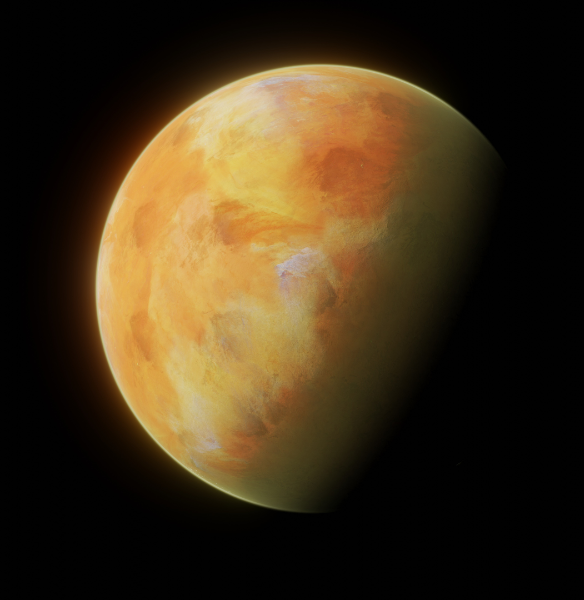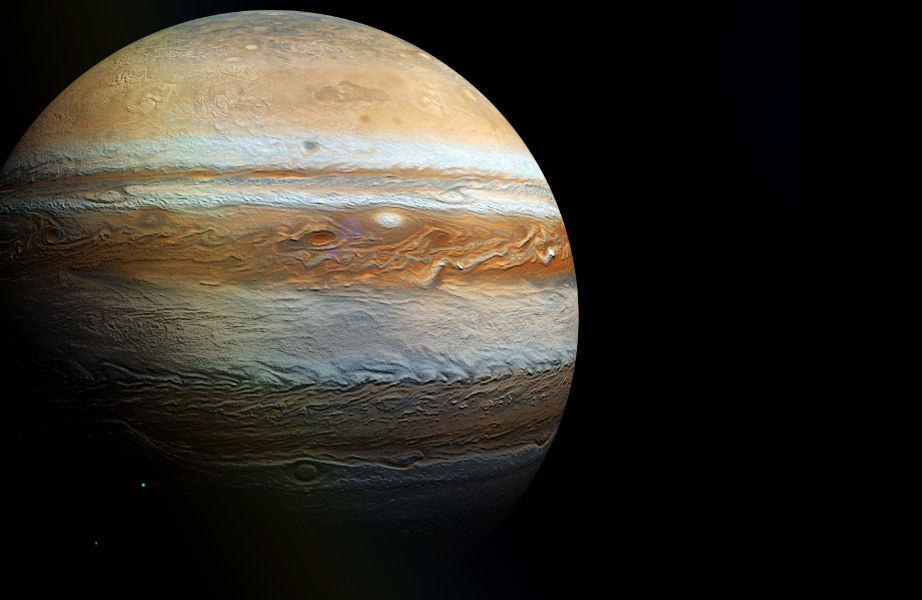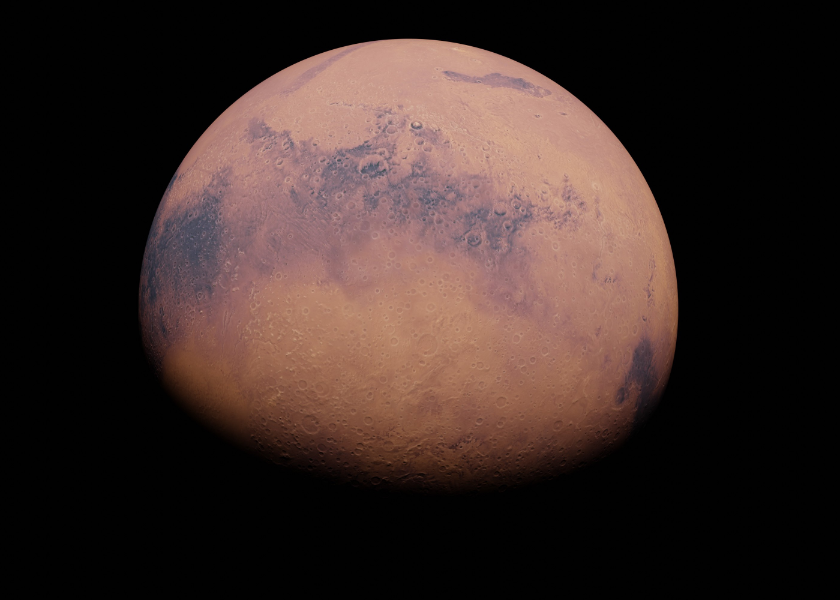For years, Venus was the forgotten planet in our solar system’s space race. Overshadowed by Mars and its potential for colonization, Venus—the second planet from the Sun—was left largely unexplored. Its extreme surface heat, thick clouds, and toxic atmosphere discouraged repeated visits.
But all that’s changing in 2025 and beyond. New Venus exploration missions are in full swing, and scientists across the globe are rekindling interest in Earth’s mysterious twin. Here's why this revival matters now more than ever.
A Quick Look at Venus Exploration

Venus is often called Earth's sister planet due to its similar size and structure. However, that’s where the similarities end. Venus’s atmosphere is dense with carbon dioxide, surface temperatures soar over 460°C (860°F), and clouds of sulfuric acid swirl across the skies. The Venus planet experiences a crushing atmospheric pressure—90 times greater than Earth’s.
But beneath its harsh conditions lies a fascinating scientific opportunity. Venus exploration helps us better understand planetary evolution, extreme climate processes, and the limits of potential life in the universe. That’s exactly why space agencies are once again setting their sights on this intense, cloud-covered world.
The Global Comeback of Venus Exploration

After decades of limited attention, a wave of exciting new missions is set to uncover Venus’s long-held secrets. From the United States to Europe and India, scientists are gearing up to decode this fiery planet.
NASA DAVINCI Mission
The NASA DAVINCI mission (Deep Atmosphere Venus Investigation of Noble gases, Chemistry, and Imaging) is one of the most anticipated projects. Scheduled for launch in the early 2030s, this mission aims to descend through the Venus atmosphere, gathering data on its layers, chemical makeup, and evolution. Scientists hope this will provide crucial insight into Venus’s origins and whether it was ever habitable.
NASA VERITAS Mission
NASA VERITAS (Venus Emissivity, Radio Science, InSAR, Topography, and Spectroscopy) is designed to map the Venus surface using radar. It will analyze Venus' volcanoes, tectonic activity, and any geological changes, helping determine whether the planet is still active today.
ESA Envision Mission
Europe’s space agency is launching ESA Envision, a mission focused on understanding how Venus vs Earth evolved so differently. With powerful instruments, it will explore the planet’s inner structure, atmosphere, and surface features.
Why Explore Venus?

So why is Venus exploration suddenly a hot topic again? There are several compelling reasons behind this renewed interest.
1. Possibility of Life on Venus
A few years ago, scientists detected phosphine gas in Venus’s upper atmosphere. On Earth, phosphine is usually associated with microbial life. Though the findings remain controversial, they sparked widespread curiosity about life on Venus. Could microbial organisms survive in the upper cloud layers, far above the scorching surface?
2. Understanding Planetary Climate Change
Venus exploration gives scientists a live model of a runaway greenhouse effect—a condition where rising carbon dioxide levels led to extreme temperatures. By comparing Venus vs Earth, researchers can improve their climate models and understand how Earth might change under increased greenhouse gas emissions.
3. Evidence of Active Volcanoes
Recent satellite observations suggest that Venus' volcanoes might still be erupting today. This discovery reshapes our view of planetary dynamics and highlights the planet’s ongoing geological processes.
Past Venus Missions: What Have We Learned?
The story of Venus exploration began decades ago. Early missions laid the foundation for what we know today.
The Soviet Venera Program
Between 1961 and 1984, the Soviet Union's Venera missions were the first to reach and photograph the surface of Venus. Venera 13 famously transmitted color images and detected basaltic rocks.
NASA’s Magellan Mission
Launched in 1989, NASA Magellan used radar to map 98% of Venus’s surface. It revealed vast plains, impact craters, and evidence of volcanic activity—clues that remain critical for upcoming missions.
Despite these achievements, past missions were limited by the technology of the time. Today’s spacecrafts are faster, smarter, and more resilient—making 2025 the perfect time for a Venus mission reboot.
Venus Missions: Global Collaboration for Science
The new era of Venus missions is defined by global cooperation. Multiple space agencies are sharing research, instruments, and goals. This collaboration makes scientific discovery more efficient and helps create a fuller picture of Venus's conditions.
- NASA is taking the lead with DAVINCI and VERITAS.
- ESA is providing complementary studies through Envision.
- ISRO adds diversity with the unique Indian perspective on Venus.
These partnerships highlight the growing international importance of planetary science.
Why Venus Matters for the Future
Exploring Venus is not just about discovering a distant world—it has real benefits for life here on Earth and future space exploration.
- Understanding Greenhouse Effects: Venus helps scientists explore climate extremes and create better climate models for Earth.
- Learning About Planetary Evolution: Comparing Earth, Venus, and Mars helps us grasp why planets change over time.
- Advancing Space Technology: Operating a probe in such a hostile environment challenges our engineering limits, which strengthens space missions to Mercury, the Moon, or exoplanets.
- Building Public Interest in Science: Venus exploration captivates the public imagination and inspires future generations of scientists and engineers.
How to Get Involved in Venus Exploration
Even if you’re not a space scientist, there are many fun ways to stay engaged:
- Watch documentaries about Venus missions and space exploration.
- Follow NASA DAVINCI updates and track mission milestones online.
- Explore educational tools and simulations from ESA and NASA websites.
- Join citizen science projects related to planetary observations.
Conclusion:
The return of Venus exploration marks an exciting chapter in space science. With missions like NASA DAVINCI, NASA VERITAS, ESA Envision, and ISRO’s Shukrayaan-1, we’re entering a new era of planetary discovery. These missions will reveal how Venus works, how it compares to Earth, and whether it might harbor traces of life in its clouds.
More than that, they offer a real-time lab for understanding climate change, planetary geology, and the delicate balance that makes a world habitable. As space agencies around the globe unite in this effort, the next few years promise to transform our view of the planet Venus—and perhaps even of ourselves.









